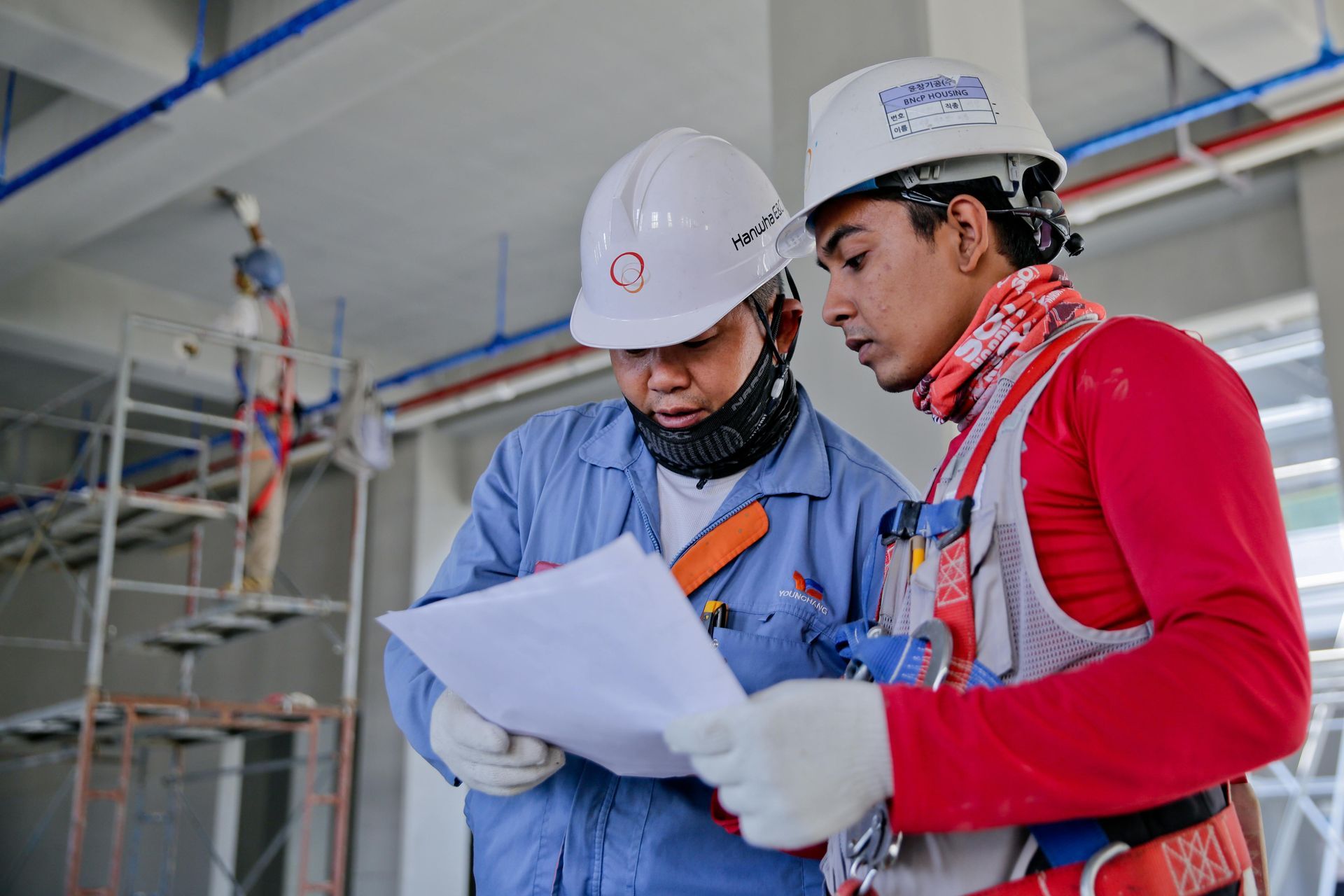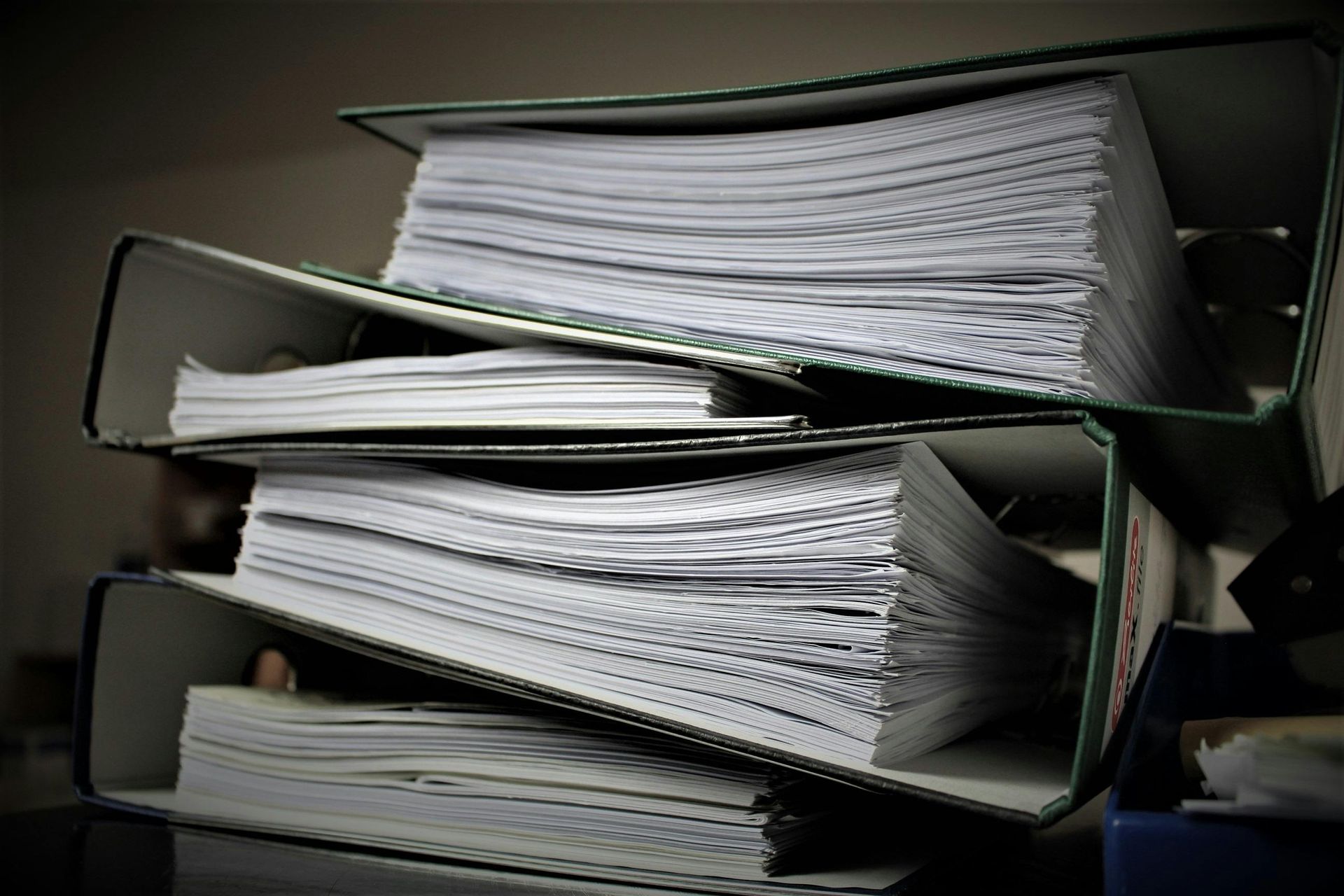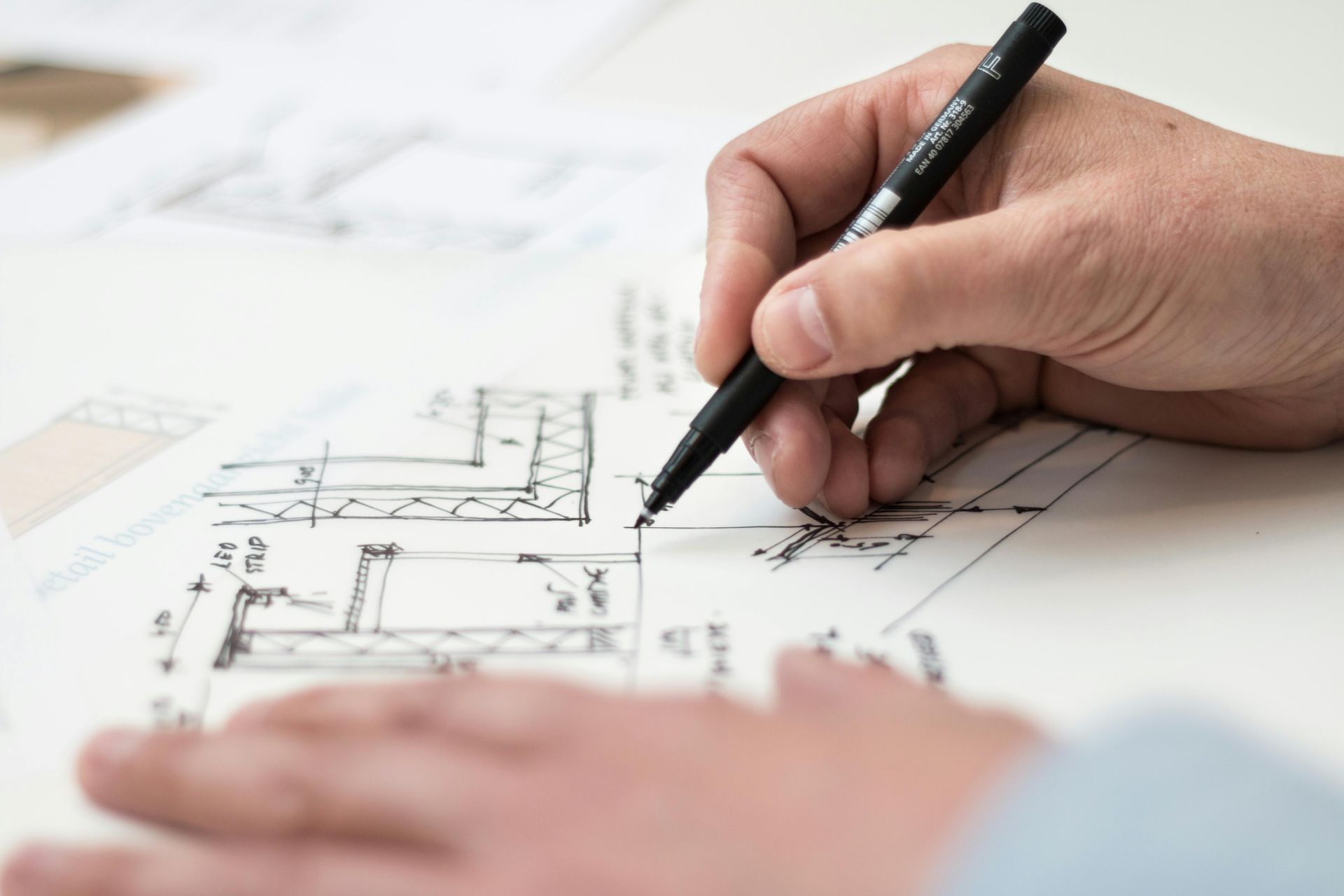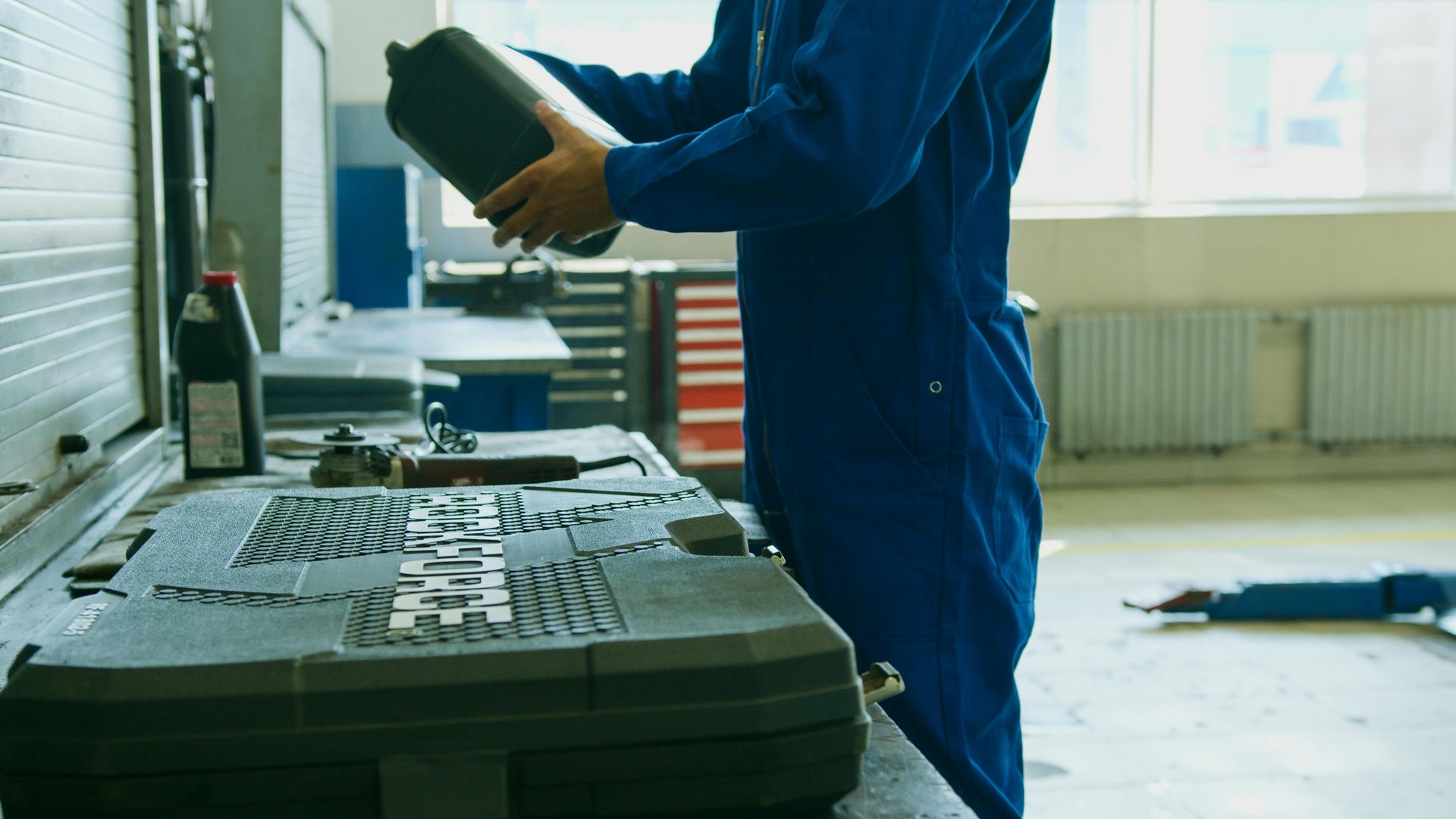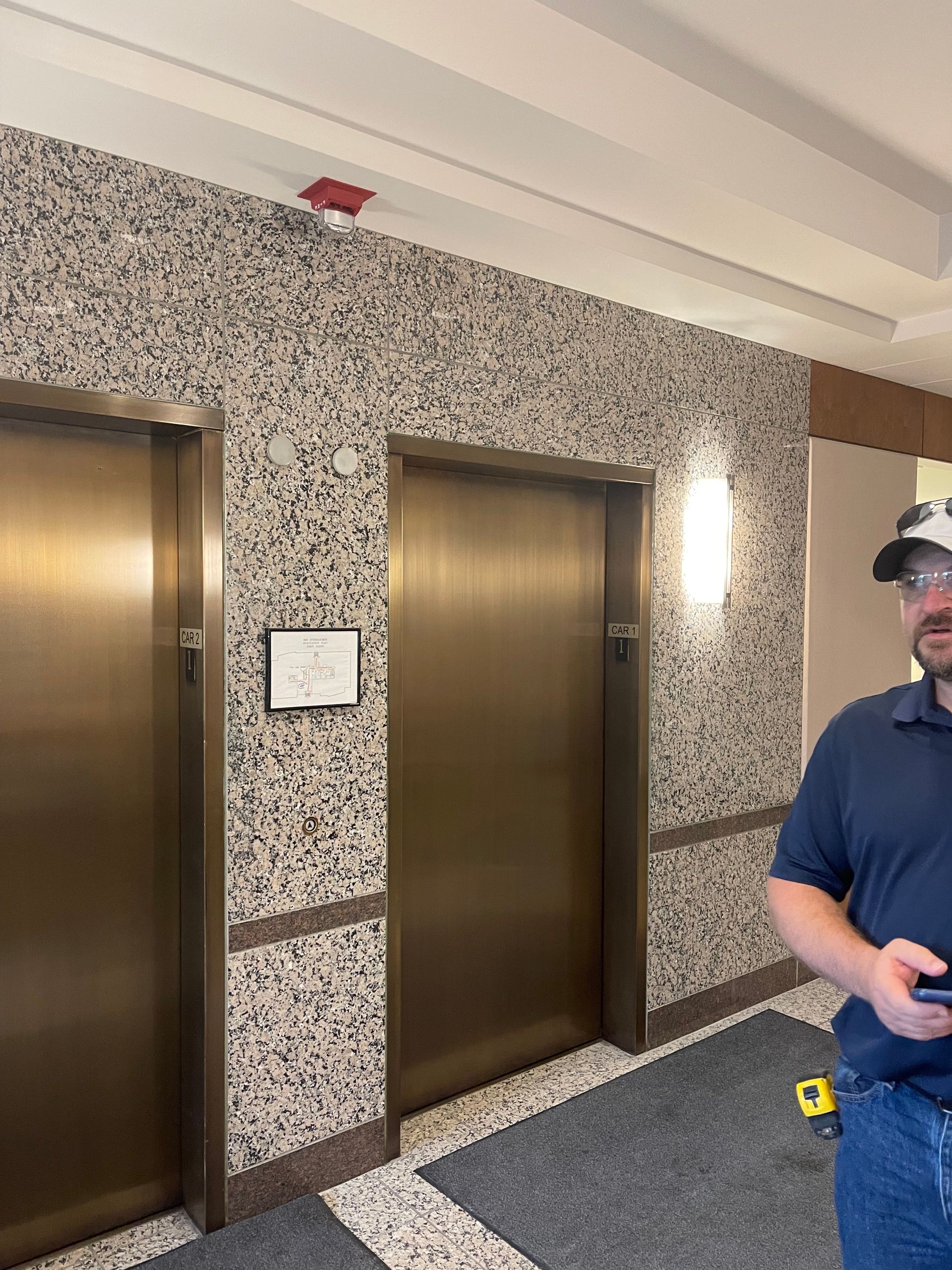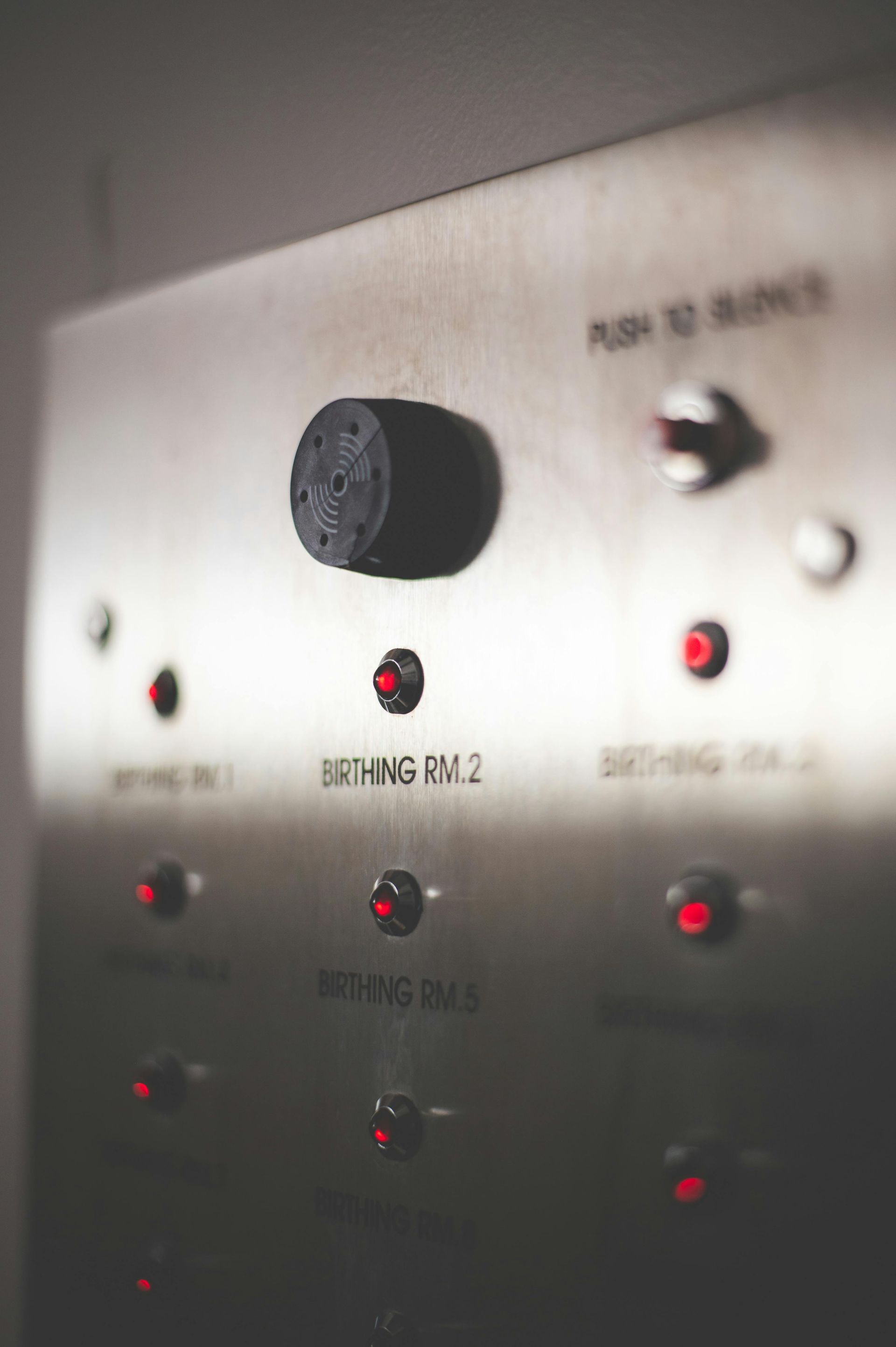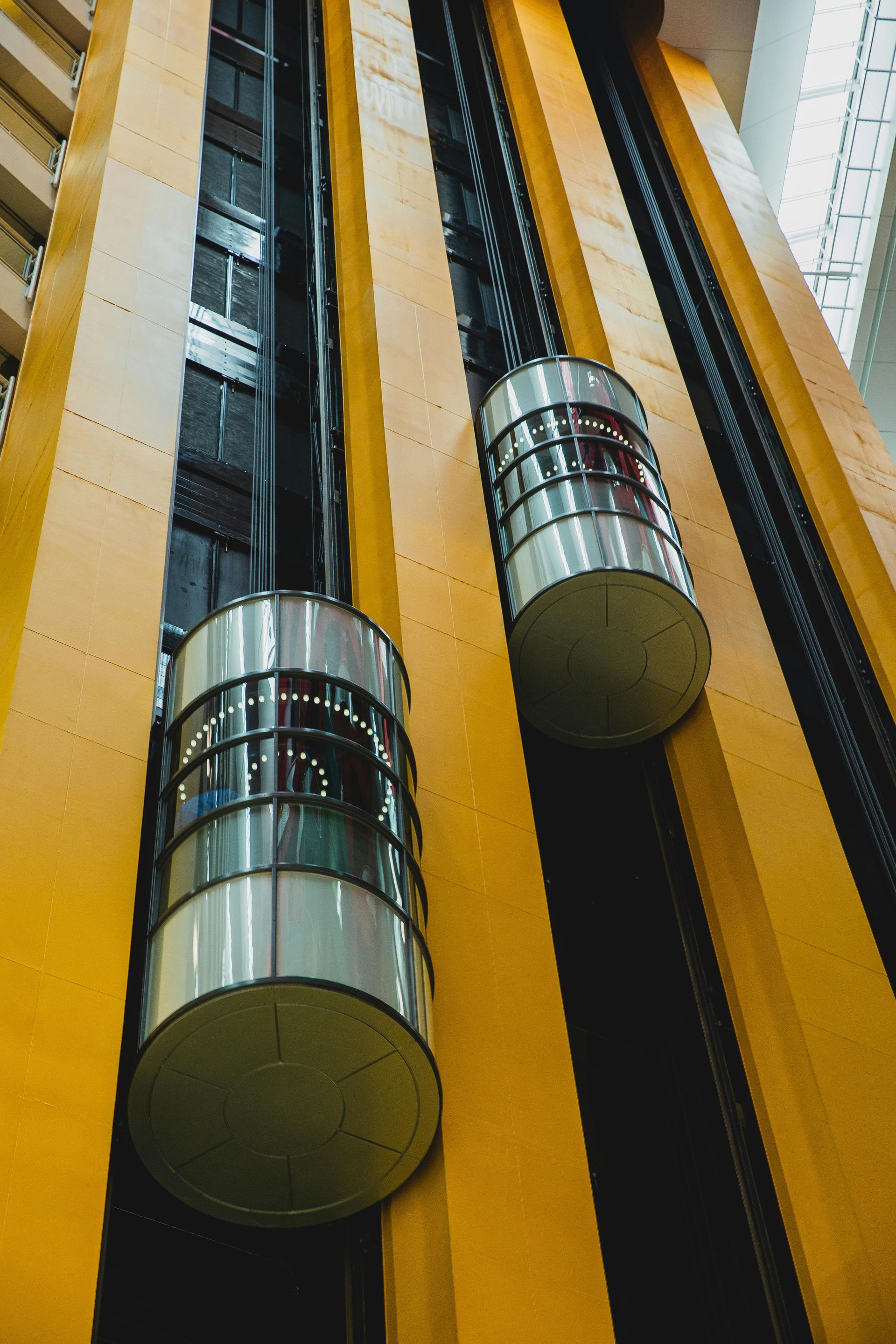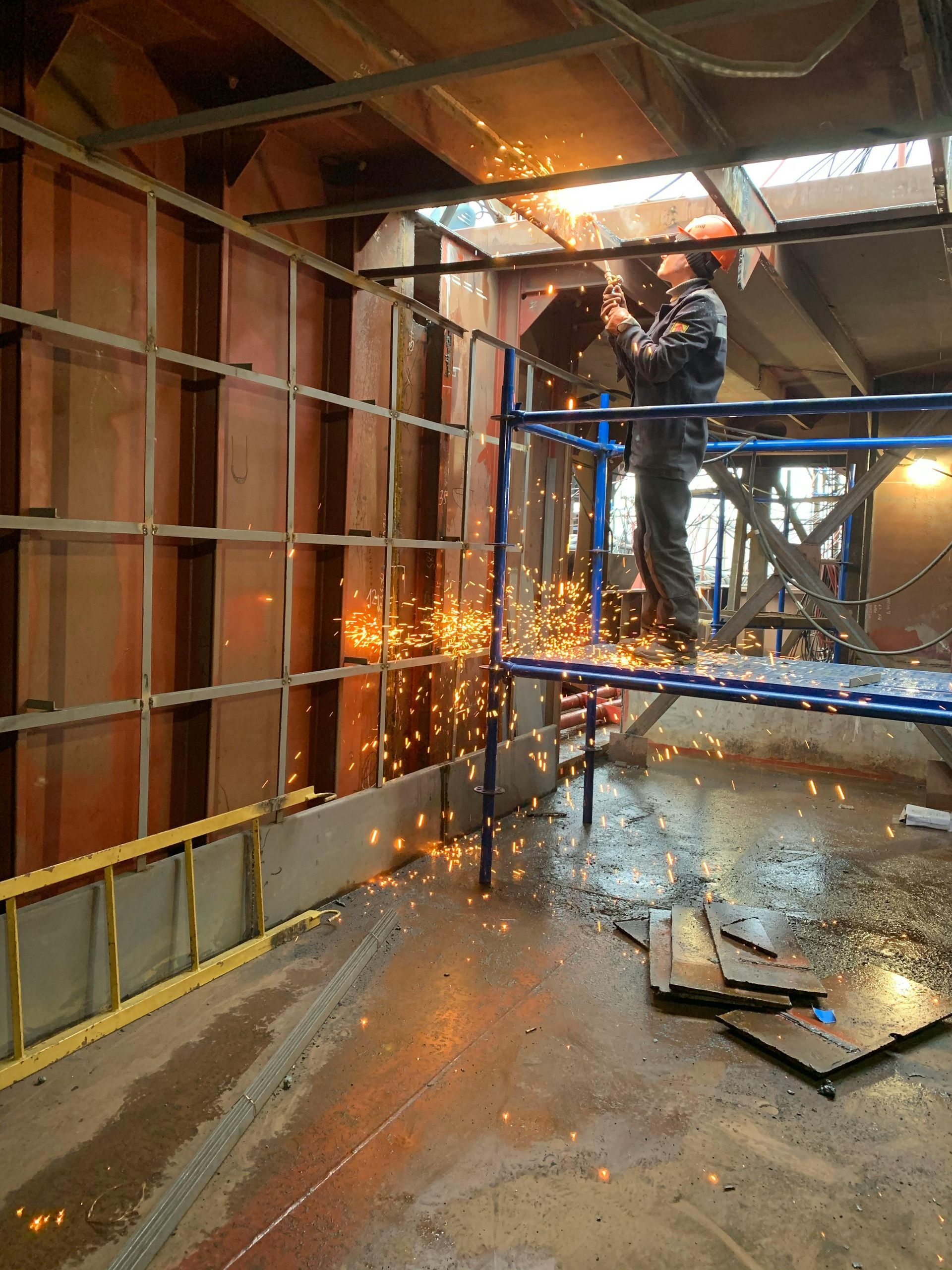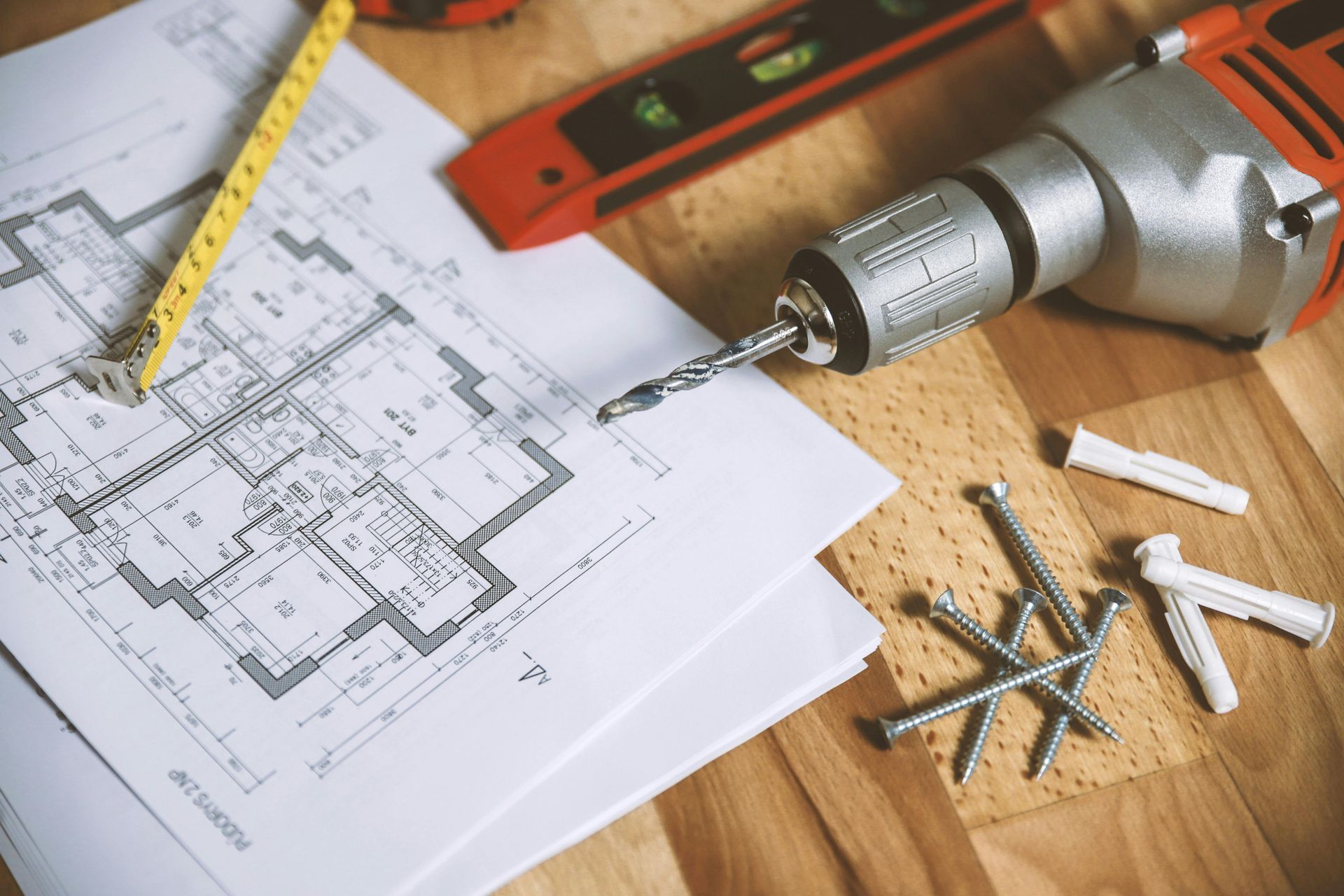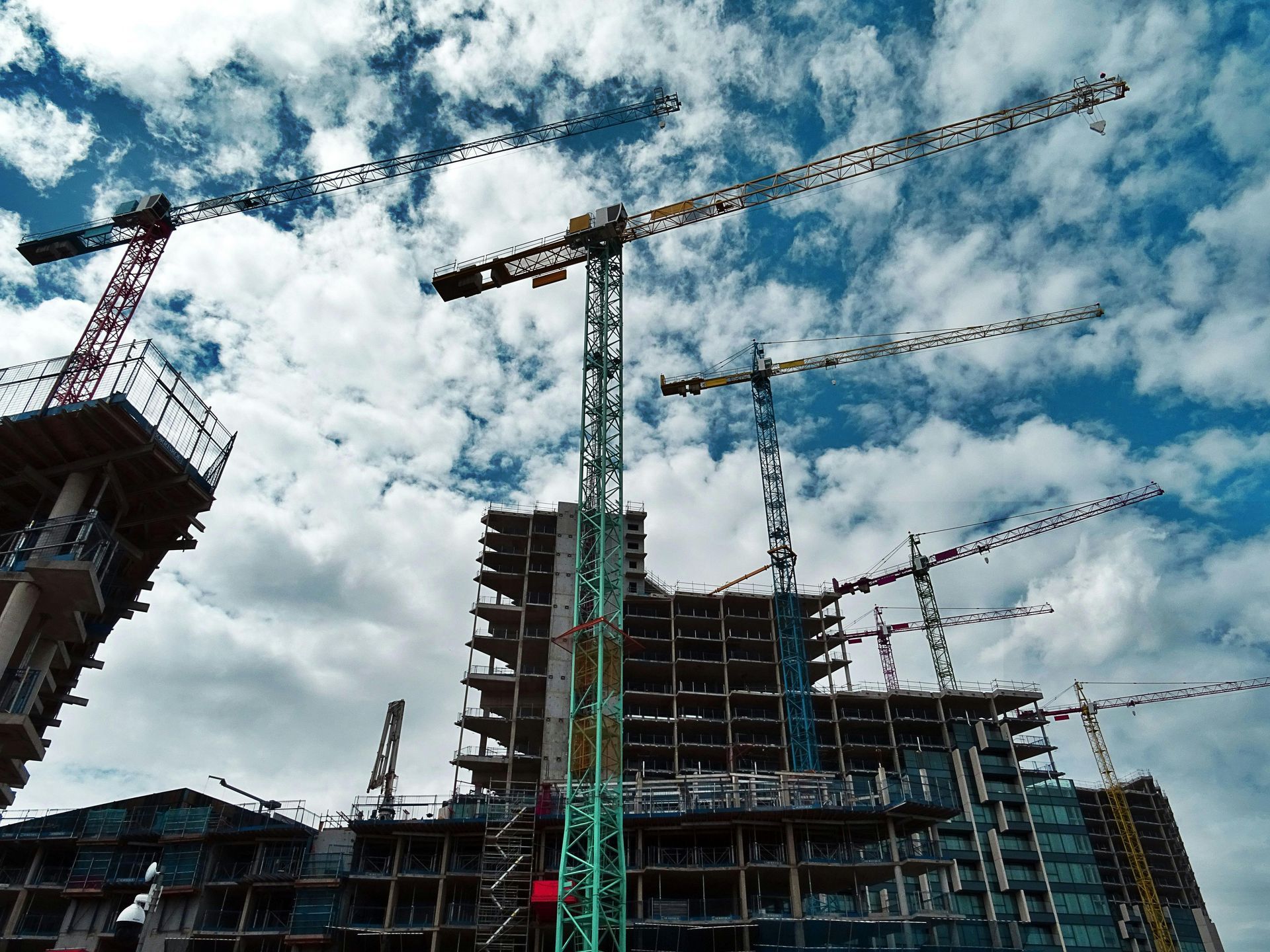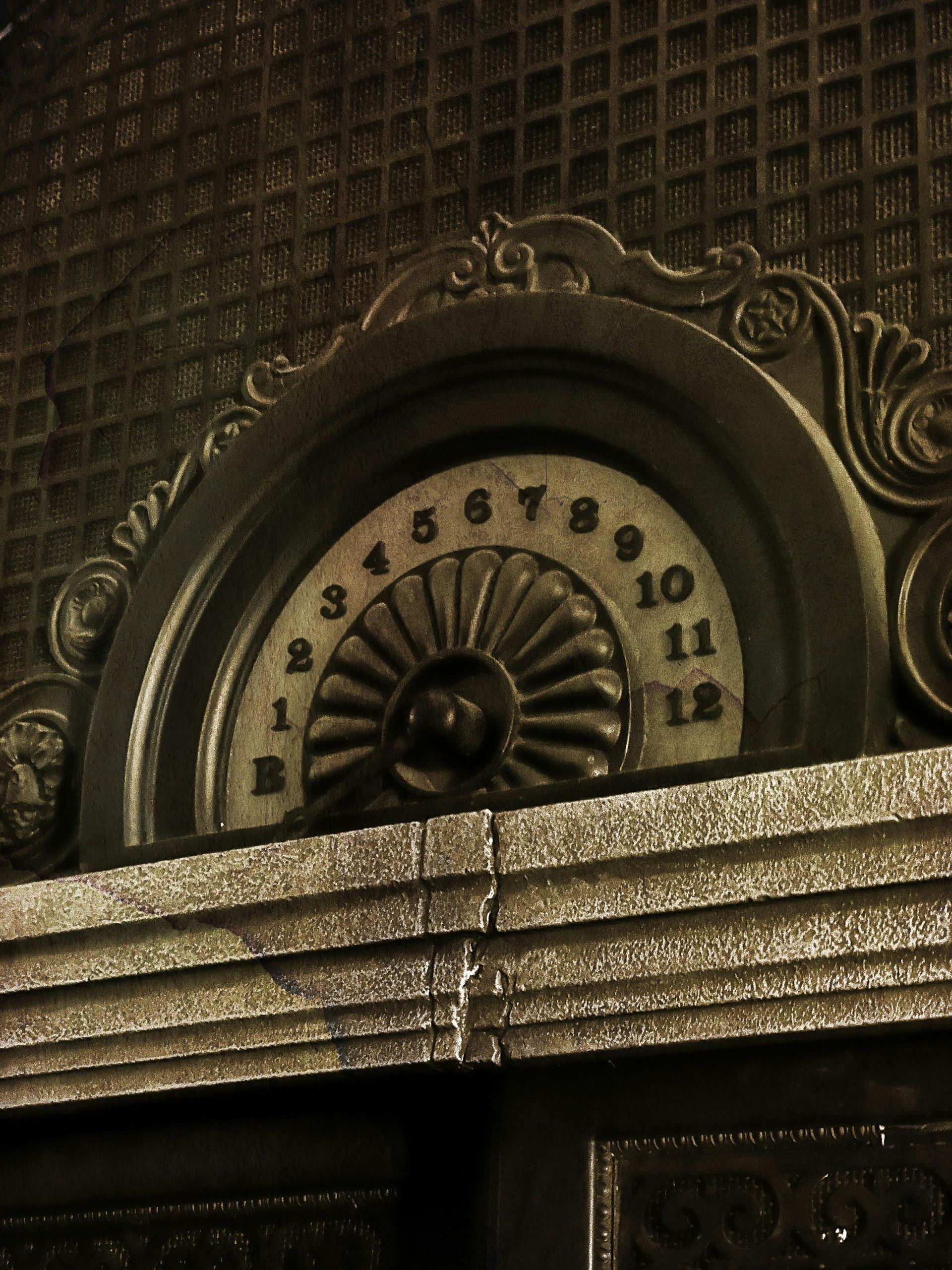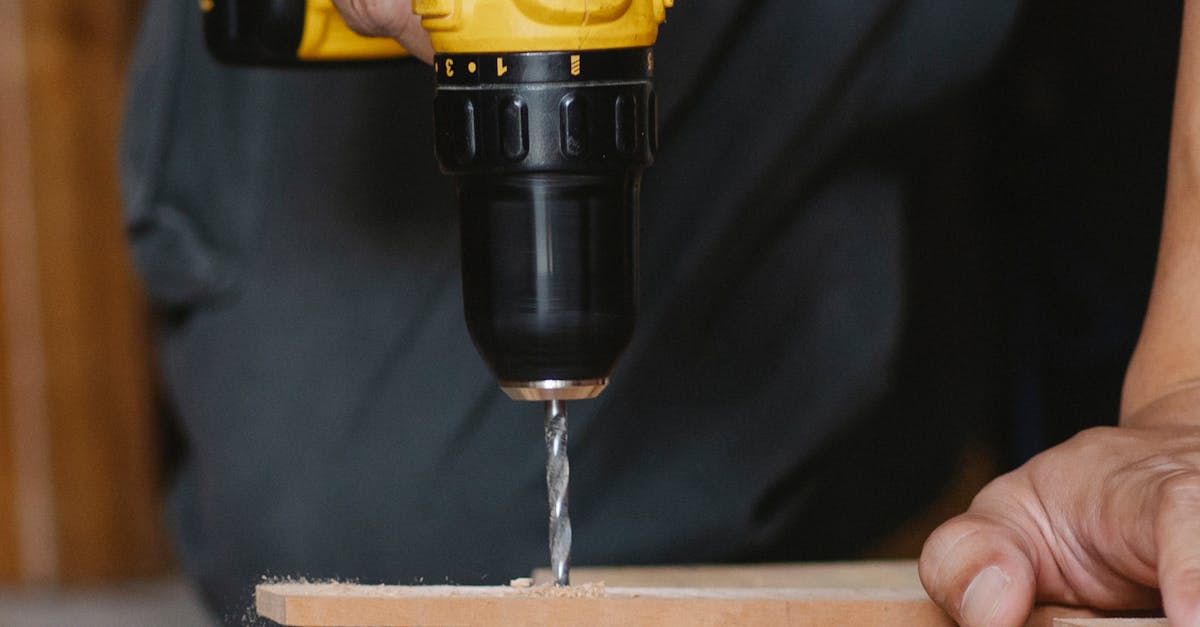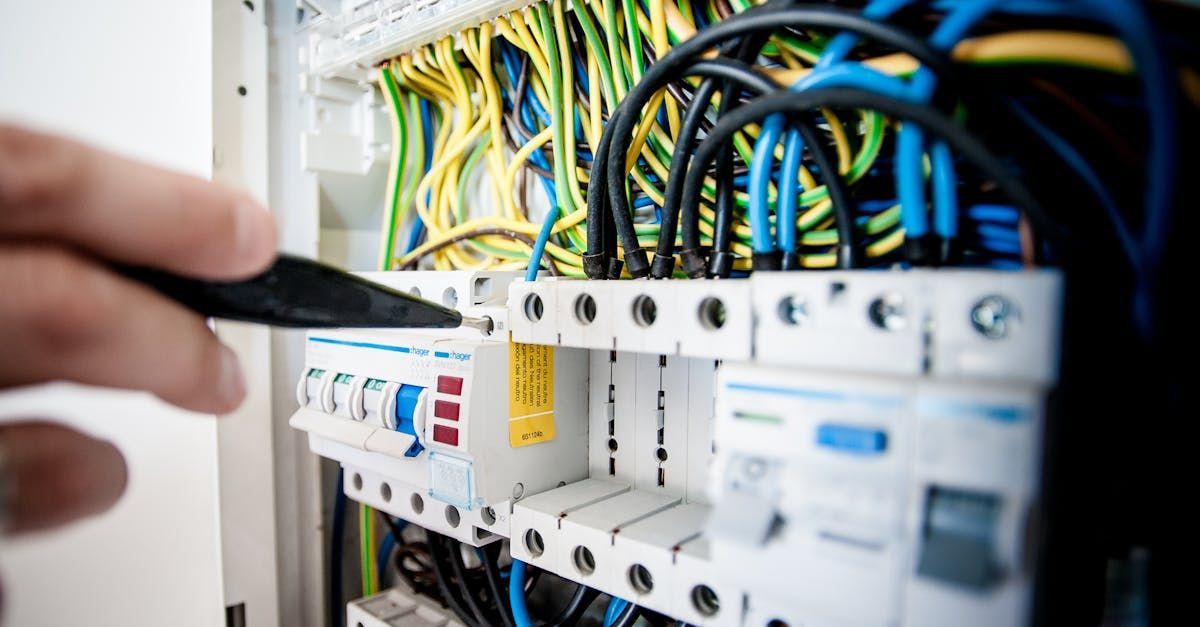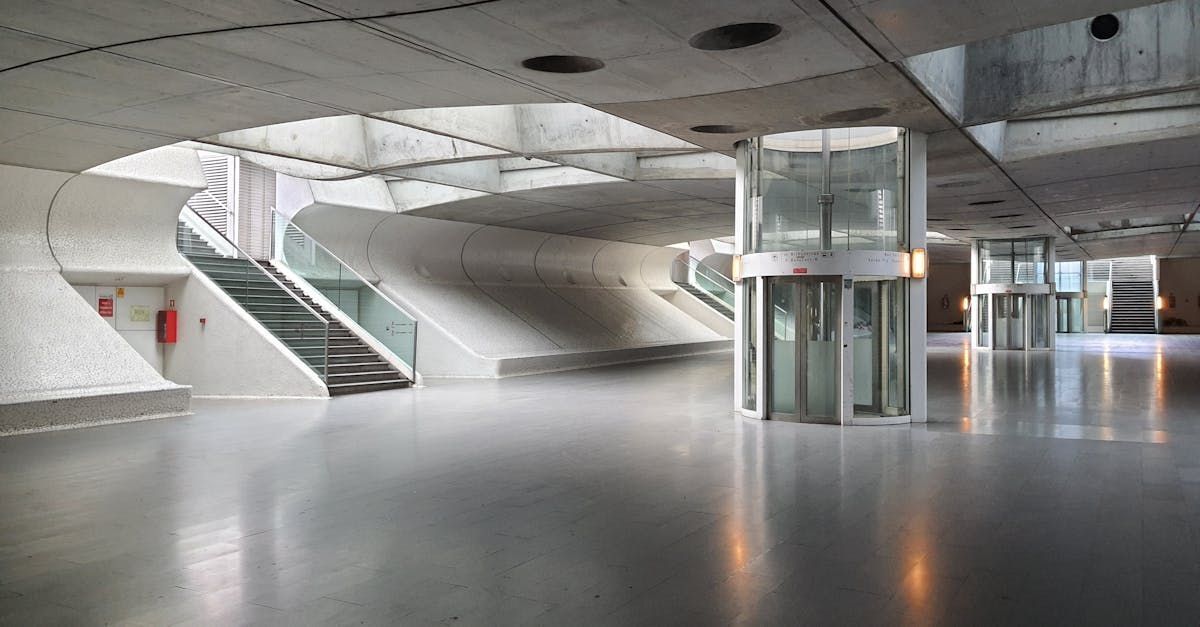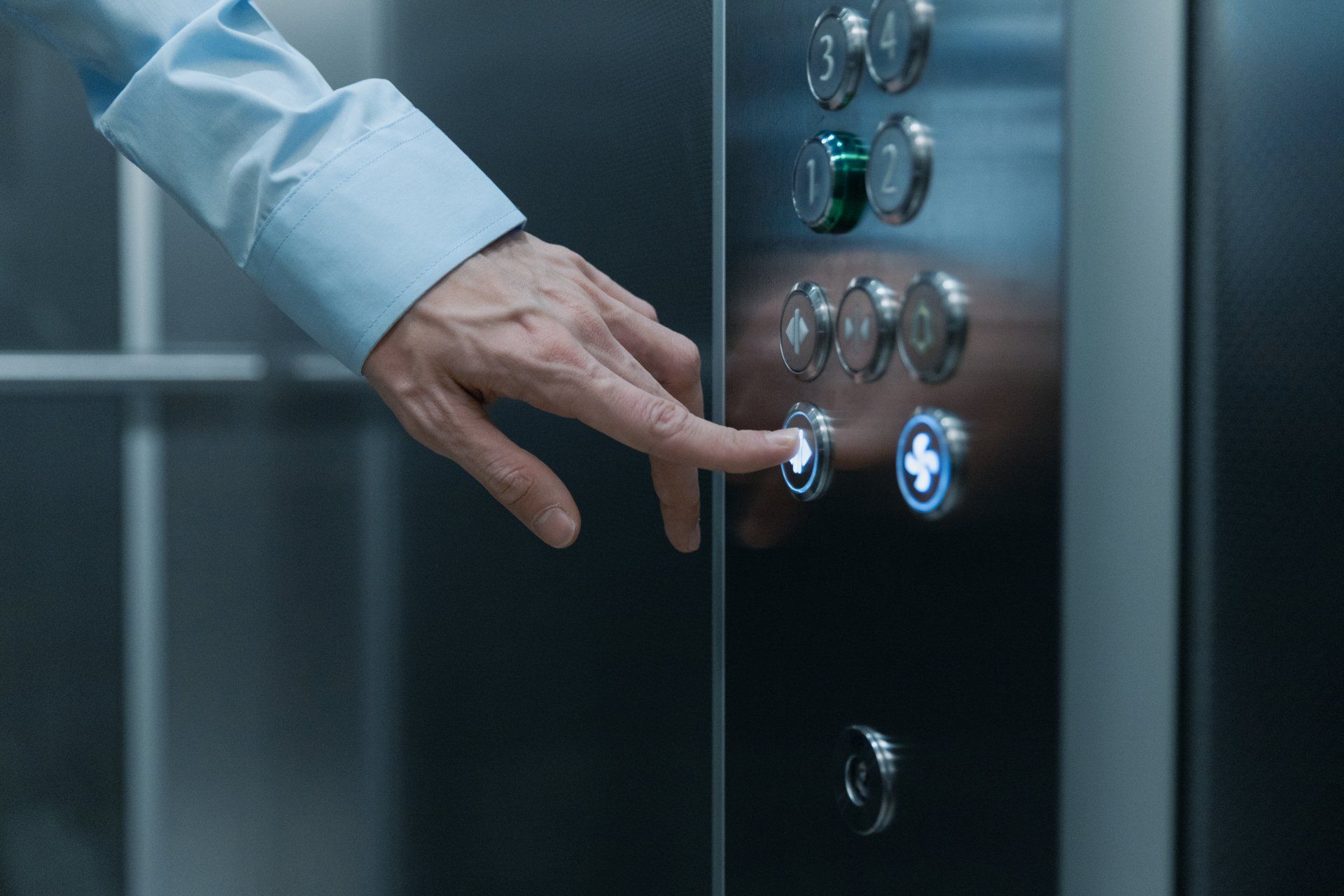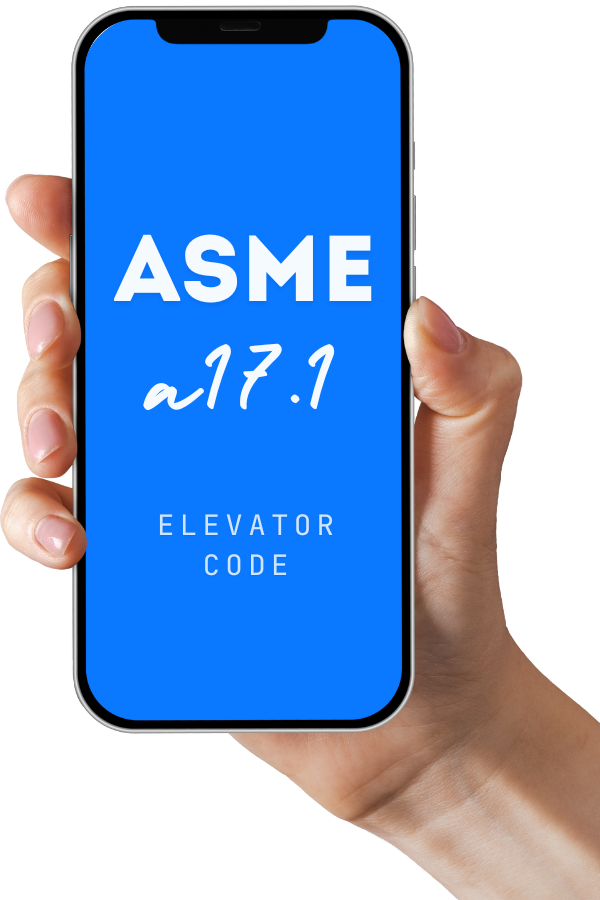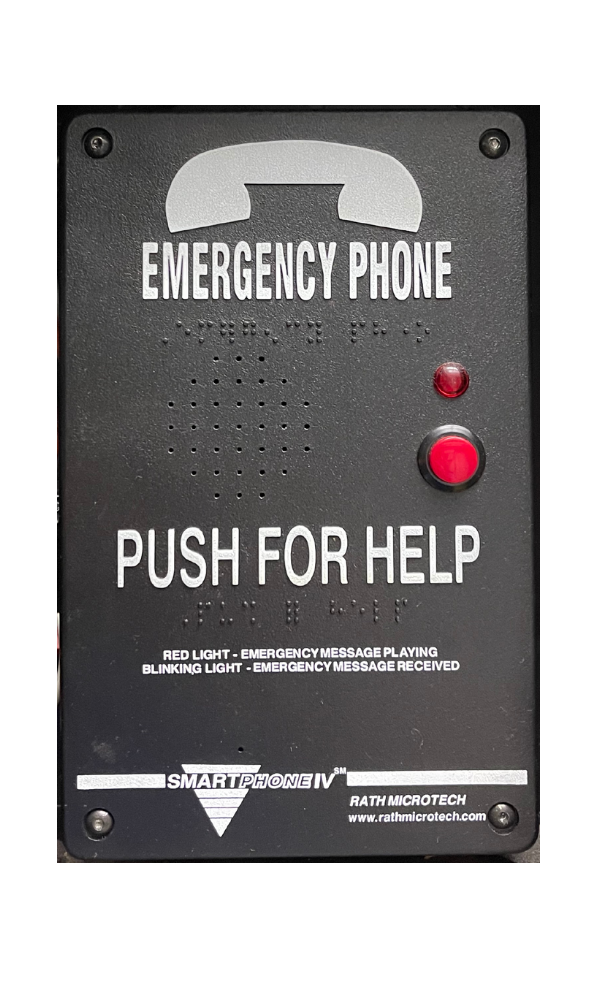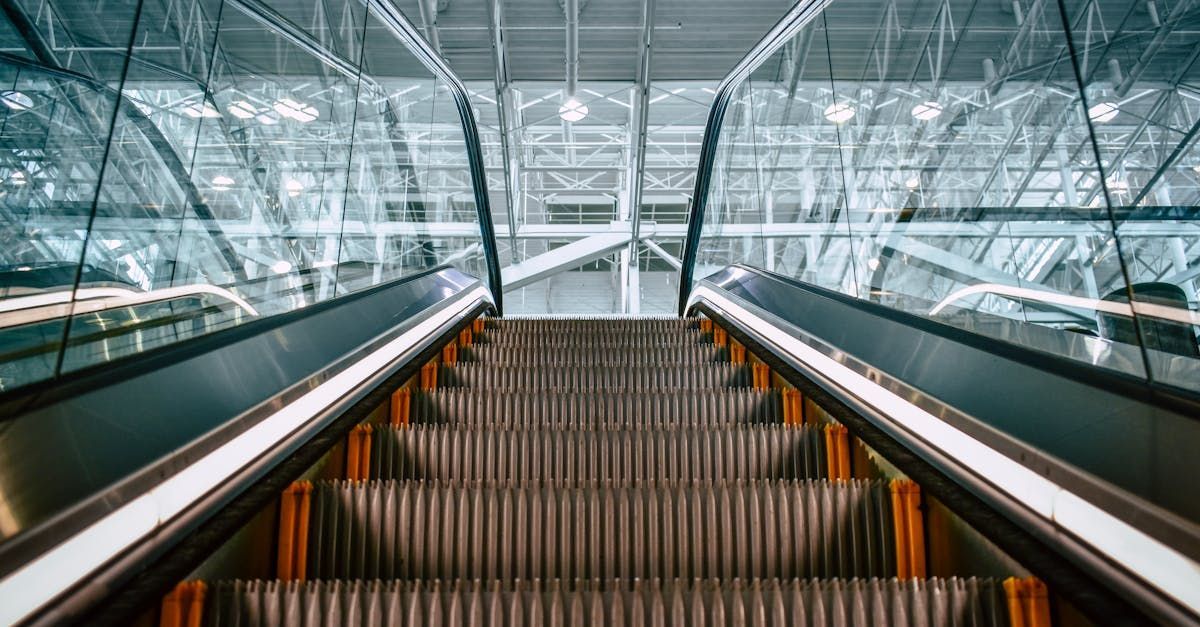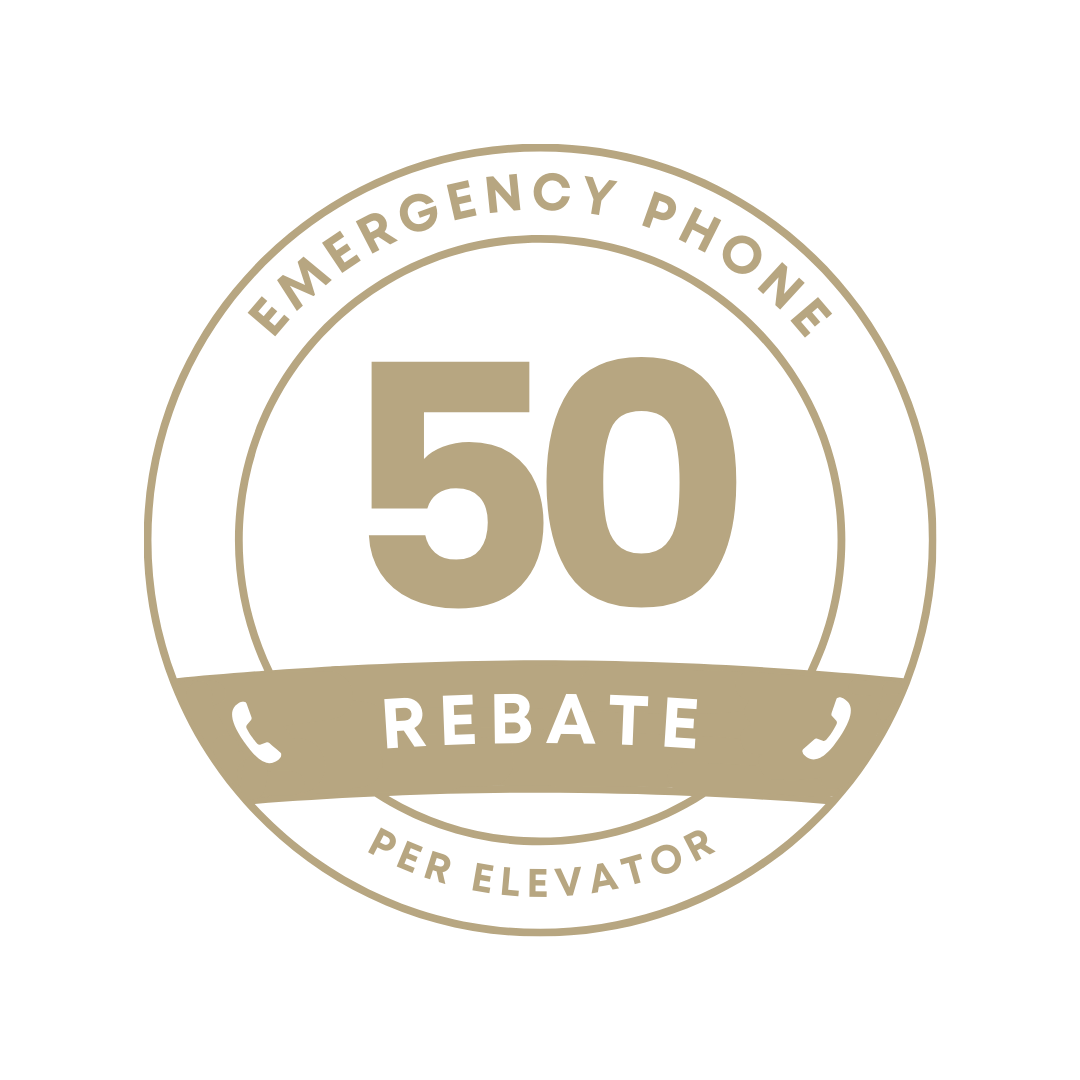Elevator Overtime Callbacks: Expert Insights
Key Highlights
- Elevator overtime callbacks can be costly and disruptive, but many are preventable with proactive measures.
- Regular elevator maintenance, clear communication with service providers, and a well-structured maintenance contract are crucial to minimizing these incidents.
- Building managers should closely track service calls, response times, and the root causes of recurring issues.
- Upgrading elevator technology and ensuring proper machine room conditions can also contribute to improved elevator reliability.
- Understanding legal considerations, safety standards, and liability issues is vital for building owners.
Introduction
Keeping elevator service reliable is very important for building owners and managers. A strong elevator maintenance contract with a good service provider is key to this. Still, even with a contract, overtime callbacks can happen. These can lead to unexpected costs and unhappy tenants. This blog post will share tips from experts about elevator overtime callbacks. Our goal is to help you reduce these issues.
Understanding Elevator Overtime Callbacks
Elevator overtime callbacks happen when a service provider must come in outside their normal working hours because of an elevator problem or emergency. These late-night service calls can be expensive because technicians usually charge more for working overtime.
The costs of overtime callbacks do not just include the labor. Building owners might have to pay extra for things like rush fees for parts. They could also face legal issues if something bad happens due to poor elevator maintenance. So, it is important to take steps to avoid these situations.
The Basics of Elevator Callbacks
An elevator callback happens when there is a problem with the elevator, which leads to a service call to the elevator service provider. Some callbacks cannot be avoided, but many happen because they could have been prevented. It is important to know the difference between standard callbacks and overtime callbacks.
Normal working hours for elevator technicians usually match regular business days. If a service call occurs outside these hours, it is considered an overtime callback.
Overtime callbacks can be costly. They not only increase expenses but can also lead to longer elevator downtime. This downtime affects tenants and can disrupt the building’s operations.
Common Causes of Elevator Callbacks
Elevator callbacks can happen for various reasons. These may include small problems or bigger systemic issues. It is important to find the main causes so we can take steps to prevent them.
One common issue is not keeping up with elevator maintenance. Skipping routine checks and repairs can turn minor problems into big ones. This often leads to emergency service calls.
Environmental factors also matter a lot. Very high temperatures can stress the parts of an elevator. This can cause breakdowns and unwanted downtime. Here are some common causes:
- Door Issues: Things blocking door tracks, sensors not aligned, and door closures not working.
- Mechanical Problems: Old parts, brakes not working, and issues with the lifting mechanism.
- Electrical Faults: Power spikes, sensor mistakes, and failures in control systems.
- Environmental Factors: High temperatures, dampness, and dust buildup in the elevator shaft or machine room.
- Usage Patterns: Overloading, using the elevator wrongly (like keeping doors open for too long), and vandalism.
Preventative Measures to Minimize Elevator Callbacks
Taking proactive steps can help reduce elevator downtime. This is important for keeping tenants happy and protecting your investment. A good maintenance program is key. When it's well-organized and includes clear talks with your service provider, it can help lessen unexpected repair calls.
Make sure to follow a strict service schedule with detailed records of visits. Respond quickly to any repair needs. Keep open lines of communication with your elevator service company. This way, you can fix any concerns or ongoing issues quickly.
Regular Maintenance Checks
One of the best ways to reduce overtime callbacks is to invest in a good elevator maintenance program. Regular service visits from skilled technicians can spot and fix possible problems before they turn into big issues needing emergency help.
A solid maintenance agreement should explain how often these visits happen. This plan should take into account elevator usage, age, and the type of equipment. During these visits, the technicians carry out regular tasks like lubrication, adjustments, and checks on parts to keep everything working well.
By taking care of wear and tear ahead of time, building owners and managers can help their elevators last longer. This can also lower the chance of sudden breakdowns and expensive calls for service after hours.
Upgrading Elevator Technology
Regular maintenance is very important. Using new elevator technology can make them even more reliable and reduce downtime. Many modern elevator systems have smart features that allow for real-time monitoring and diagnostics. This helps in predicting maintenance needs and finding problems early.
Upgrading to a new elevator system has many benefits. These include better energy efficiency, smoother rides, and safer features. When thinking about an upgrade, it is important to talk to a trusted elevator installer. They can help you understand what your building needs and find the best options.
Some new elevator systems also connect with mobile apps. This gives building managers quick access to the status of the elevators, maintenance records, and allows them to easily submit service requests.
Effective Communication Strategies with Elevator Service Providers
Good communication with your elevator service provider is key. It helps reduce downtime and stops mix-ups that could lead to disputes about costs. Set up clear ways to communicate, like having specific contacts and clear reporting steps.
Make sure to check your maintenance agreement often. This shows that it still works for your building. Talk about any worries or ways to improve how you communicate. This can help create a team-like approach to elevator maintenance.
Setting Clear Expectations
When setting up a service contract with an elevator provider, it is important to state your expectations for response times, especially for calls outside normal working hours. Make sure to explain what an emergency is and what response time you expect for those cases.
Also, be clear about the work covered by the contract. This includes regular maintenance, emergency repairs, and support after hours. If these details are unclear, it could lead to problems and extra costs later.
It is very important to be open about travel time and how billing works. Know how travel time adds to service charges and if there are extra fees for after-hours or weekend visits. By discussing these details at the start, you can create a clear understanding with your service provider and reduce the chances of surprise bills.
Establishing a Response Time Agreement
A well-defined response time agreement outlines the expected timeframe within which your service provider will respond to different types of service requests. Ensure this agreement is incorporated into your maintenance contract to provide a clear understanding for both parties.
Consider establishing different response time tiers based on the urgency of the situation. For example:
Emergency - Entrapment, elevator malfunction with risk of harm - Within 1 hour
Urgent - Elevator out of service, causing significant disruption - Within 4 hours
Routine - Minor malfunctions, scheduled maintenance - Within 24 hours
This tiered approach ensures that critical issues receive immediate attention while allowing for reasonable response times for less pressing matters.
Legal and Safety Considerations
Elevator maintenance and safety have strict rules that must be followed. Building owners need to keep up with these rules and make sure their service providers follow them too. Not doing this could lead to legal issues.
Ignoring safety standards can put the people in the building at risk. It can also make owners vulnerable to lawsuits. It is important to keep detailed records of all maintenance work and inspections. This shows that you are following the rules and helps protect your interests if anything goes wrong.
Compliance with Safety Standards
Elevators must meet strict safety standards set by groups like the American Society of Mechanical Engineers (ASME). Building owners need to make sure their elevators always follow these rules.
Regular checks by trained elevator inspectors are very important for keeping to these rules. These inspections normally include a complete review of all elevator parts, safety features, and how they work. Your service provider should know the safety rules well and help ensure your elevators follow these requirements.
Keeping thorough records of inspections, maintenance, and repairs is very important. This paperwork can prove you are following the rules if there is an audit, incident, or legal issue.
Understanding Liability in Elevator Incidents
In the sad case of an elevator problem, like a breakdown or injury, issues about who is responsible can come up. Building owners need to know what they are responsible for and what risks they might face in these situations.
It's important to have a good maintenance agreement. This agreement should clearly say what the service provider’s duties are and what insurance they have. This way, you can lower the risk. Make sure the agreement covers enough insurance to protect you from costs if a claim happens.
Also, reporting any elevator problems quickly to your service provider and the right authorities is very important. This reporting helps with insurance claims and any investigations into what happened.
Conclusion
In conclusion, elevators are very important for today's buildings. It is vital to learn how to reduce overtime callbacks for smooth operations. Regular maintenance checks and updating technology can help lower the number of callbacks. Good communication with elevator service providers, clear expectations, and response time agreements can help prevent downtime. It's also important to follow legal rules and safety standards to reduce risks. By focusing on these preventive measures and keeping open communication, building managers can make sure elevators work well. This will improve safety and performance in the whole building.
Frequently Asked Questions
What are the most common reasons for elevator callbacks?
Common reasons for elevator callbacks are door problems, mechanical issues, electrical faults, and environmental factors like extreme heat. Usage patterns, such as overloading or using the elevator the wrong way, can also cause them. If maintenance is pushed aside, these problems can get worse. This situation leads to more downtime and more callbacks.
How often should elevators be serviced to prevent overtime callbacks?
The number of times you need elevator service visits depends on how much the elevator is used, how old it is, and what type it is. Your elevator maintenance contract should detail this. It is very important to have a strong maintenance program that includes regular checks. This helps reduce the need for overtime callbacks.
Can improper use of elevators by occupants lead to more callbacks?
Improper use of elevators can cause problems. Overloading the elevator, keeping the doors open for too long, or vandalism can all add to the damage of the elevator system. This damage can lead to malfunctions, more service calls, and possible downtime.
What steps can building managers take immediately after an elevator incident?
Building managers need to quickly secure the area. They should follow safety procedures and get in touch with their elevator service provider. It is also very important to write down what happened and inform the correct authorities about the incident.
How does upgrading elevator systems impact callback rates?
Upgrading to newer elevator systems often includes better technology. This technology helps improve reliability and allows for predictive maintenance. This could lower the number of callback rates. Make sure your maintenance agreement and service contract match this upgraded technology.

